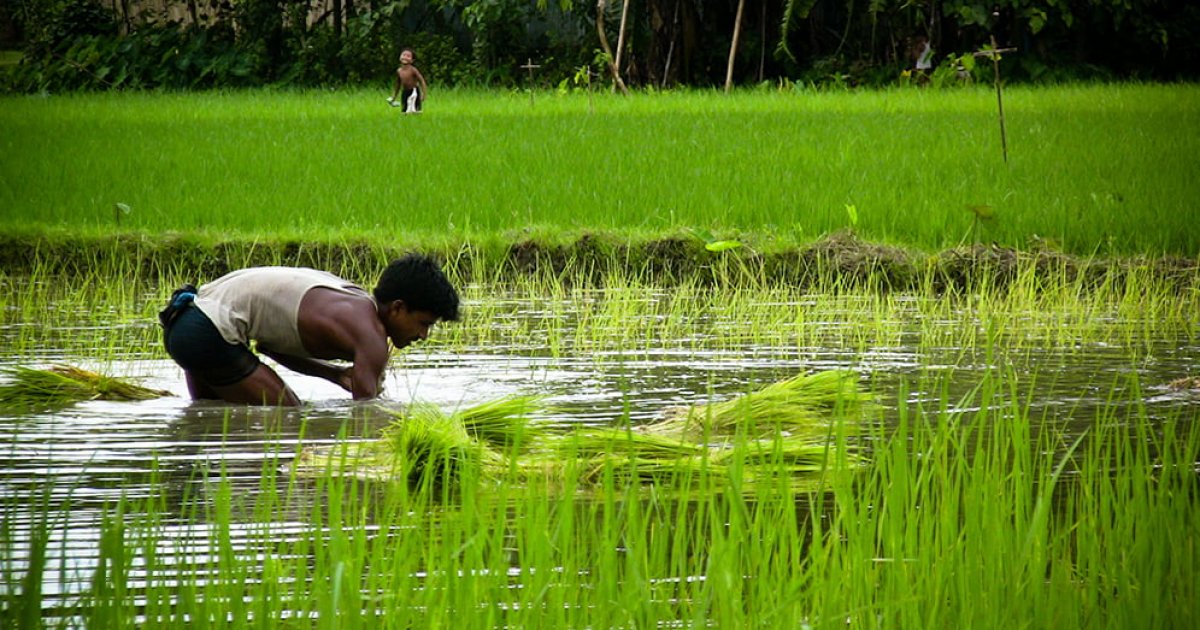Bangladesh’s latest Economic Update & Outlook by General Economics Division (GED) indicated cautious optimism for the coming months, with inflation showing signs of moderation even as tight monetary policies continue to restrain private sector credit growth and investment.
The October 2025 report by GED highlighted that deposit growth has rebounded recently, reflecting rising public confidence following reforms by the government and the central bank.
Measures such as lowering interest rates on national savings certificates, expanding digital financial inclusion through e-money and agent banking, and routing government cash transfers via banks have contributed to this trend.
Strong remittance inflows and upcoming election-related activities are expected to further boost investor sentiment.
Inflation edged up slightly to 8.36% in September from 8.29% in August, maintaining a broadly stable trend.
Food and non-food inflation increased marginally by 0.04 and 0.08 percentage points respectively.
Rice remains the dominant contributor to food inflation, though its share fell from 48.37% in August to 45% in September.
Prices of potatoes and onions declined sharply, easing some pressure on consumers.
To ensure food security, the government approved importing 50,000 tonnes of rice from India and 220,000 tonnes of wheat from the United States, with an additional 400,000 tonnes expected by November.
Current government food grain stocks stand at 1.55 million tonnes, with distributions rising 24% year-on-year.
Bangladesh’s foreign exchange reserves have shown a steady recovery, rising from $25.5 billion in March to $31.4 billion in September 2025.
Under the BPM6 measurement, reserves increased from $20.4 billion to $26.6 billion during the same period.
This improvement reflected a stabilizing balance of payments, supported by higher export earnings, moderated import payments, and stable remittances.
The GED noted that these developments signal a strengthened external position and effective exchange rate management by Bangladesh Bank.
After several months above the $4 billion-mark, exports slowed to $3.63 billion in September, down from $3.92 billion in August and $4.77 billion in July.
The slowdown was attributed mainly to seasonal factors and a dip in readymade garment (RMG) shipments, which still account for over 80% of total export receipts.
Non-RMG sectors such as jute goods, leather and light engineering products, however, continued to perform steadily, mitigating the overall decline.
Cumulative export earnings for July–September 2025 remain higher than in the same period last year, demonstrating the sector’s resilience and improved logistical efficiency.
Exchange rate indicators remained broadly stable between June and September 2025, with the Taka trading around Tk121–Tk122 per US dollar.
The Real Effective Exchange Rate (REER) increased moderately from 121.2 to 127.2 during the same period, reflecting gradual competitiveness gains supported by productivity improvements and moderate inflation differentials.
Despite a modest rise in deposits, credit growth remains subdued due to a contractionary monetary policy stance.
As of August 2025, total deposits in the banking system grew by 10.01% year-on-year, while broad money (M2) expanded by 7.78%.
Private sector credit growth fell to a historic low of 6.35%, well below the Bangladesh Bank’s target, reflecting weak business confidence amid high interest rates and political uncertainty.
In contrast, public sector borrowing surged, with net government credit rising by 16.59% in August—largely to cover fiscal deficits caused by sluggish revenue collection.
The GED warned that the government’s heavy dependence on bank borrowing risks “crowding out” private investment, constraining growth and job creation despite improvements in monetary stability.
Revenue collection has picked up pace, with the National Board of Revenue (NBR) collecting Tk54,423 crore during July–August 2025, a 21% increase from a year earlier.
Despite this strong growth, collections fell short of internal targets due to subdued import activity, which dampened customs revenue.
VAT collection showed the strongest performance, rising by 33.8%, followed by a 24% increase in income tax. Customs revenue, however, declined by 4.5% year-on-year.
To address administrative inefficiencies, the NBR has launched a major reform drive, establishing 12 new commissionerates and customs houses and creating 3,600 new positions across VAT and customs divisions.
The restructuring aims to widen the tax net, modernize operations, and strengthen monitoring—particularly at the new terminal of Dhaka airport.



